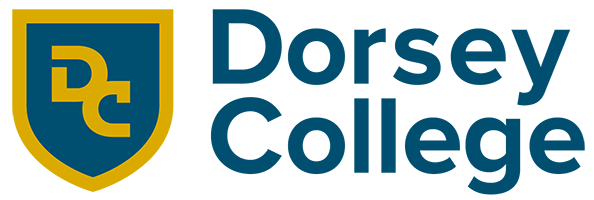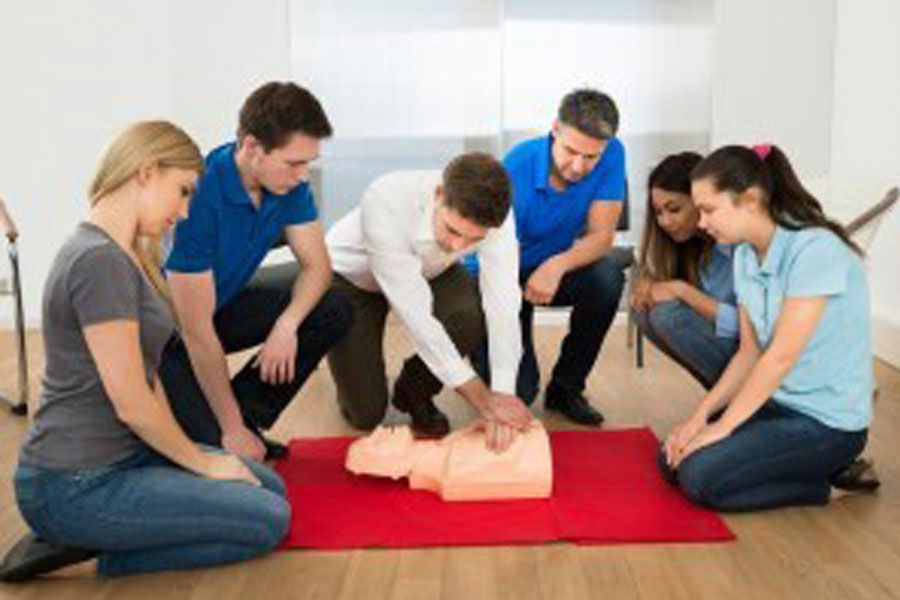Heart Health Month is almost over, and we hope you’ve enjoyed our blogs thus far this month and will use this info in the future to contribute to your heart health as well as the heart health of others! Today, we’re talking about CPR and first aid training.
CPR and First Aid Training | Heart Health Month
Simply put, CPR can save lives, so it’s an important topic that we didn’t want to overlook in our Heart Month series.
What is CPR?
The Mayo Clinic defines CPR (Cardiopulmonary resuscitation) as a lifesaving technique useful in many emergencies, including heart attack or near drowning, in which someone’s breathing or heartbeat has stopped. a
Why Learn CPR?
CPR is important because it helps keep oxygenated blood flowing to the brain and other vital organs until additional, more definitive medical action and treatment can be provided to restore the heart to a normal rhythm. In instances when the heart stops, a lack of oxygen to the brain can cause brain damage in a matter of minutes. In addition, without attention, someone can die within 8-10 minutes. a
The American Heart Association encourages all to learn CPR. Here are some reasons why the AHA encourages other to learn CPR b:
- There are roughly 326,000 instances of cardiac arrest report annually (and this is the number of instances that happen outside of a hospital!)
- Many victims of cardiac arrest may otherwise seem healthy and present with no symptoms prior to onset or risk factors.
- Sudden cardiac arrest is not the same thing as a heart attack. An instance of sudden cardiac arrest takes place when electrical impulses inside the heart become rapid or chaotic, which causes the heart to stop beating suddenly, whereas, a heart attack occurs when the blood supply to a part of the heart muscle is blocked. A heart attack may cause cardiac arrest.
Forms of CPR Training
CPR Training can be obtaining in a number of ways, but if you’re seeking out CPR Training/Certification, it’s important to select a program that is reputable and will provide you with the training you need.
CPR Training may be obtained for those pursuing a career in healthcare by way of their training program. For example, at Dorsey Schools, students enrolled in various Medical Training programs will have instruction on CPR and First Aid.
For those who are interested in just obtaining CPR training, the AHA provides a number of great resources for those interested in exploring different options for CPR training. In addition, there are a number of AHA approved training courses that may be available in your local community. For example, Superior Medical Education, a Division of Dorsey Schools located in Madison Heights, MI offers these types of classes. Michigan Academy of Emergency Services and Allied Health, another Division of Dorsey Schools with locations in New Boston, MI and Jackson, MI also offers these types of programs.
About The Medical Training Programs at Dorsey Schools
Dorsey Schools offers Medical Training programs that are designed to help prepare our students for exciting new careers in various areas of the healthcare field! Students enrolled in these programs can take advantage of the hands-on training that takes place in a traditional classroom environment as well as in the labs at the Dorsey Schools campus. Students in select Medical Training programs offered at Dorsey Schools may also benefit from an externship, which takes place during the final module of their training, where they will have the opportunity to apply the skills and knowledge they have learned throughout their program in an actual occupational setting.
Several of the Medical Training programs offered at Dorsey Schools include instruction on CPR, including:
- Medical Assistant Training Program
- Patient Care Technician Program
- Dialysis Patient Care Technician Program
If you’d like to learn more about the Medical Training programs offered at Dorsey Schools, you can give us a call at 888-422-1188 or request info online.
For more information about our graduation rates, the median debt of students who have completed the program, and other important information, please visit www.dorsey.edu/disclosures.
Sources:

